
Submit your enquiry now!
Need a reliable, fast & honest Emergency And Exit Lighting Installer? Fill in the Form and we will get back to you as soon as possible.
For emergency enquiries, call Ken straight away on
0405 83 83 83
Emergency lighting specialists
Trustworthy & reliable
Free over the phone quotes
Emergency and Exit Lighting Installations Available Throughout Sydney
Ensure your company is fully in compliance

Business owners, building managers and even employers need to have a clear understanding of the Australian standards 2293 for emergency and exit lighting. The standard is broken down into 3 parts and include numerous sections on the design, installation and maintenance of emergency lighting. Under the health and safety WHS laws, penalties and fines can be imposed on business owners, building managers and employers for non compliance with the regulations. Emergency lighting is required to be inspected, tested and serviced on a 6 monthly basis in accordance with AS/NZS Standards 2293. This ensures that all emergency and exit lighting is is functional and illuminates for a minimum time of 90 mins.
In the event of an emergency situation, emergency and exit lighting will help all occupants in a building quickly locate exit ways and provide a safe passage for evacuation. Have you ever noticed a sign attached to an emergency exit door or a fire stairs door, “DO NOT OBSTRUCT” “DO NOT KEEP OPEN”, it is an offence under the Environmental Planning and Assessment Act 1979 to place anything in front off or near that will hinder personnel from exiting the building and even to remove or interfere with any signage attached to the emergency door will also have penalties imposed. Emergency lighting has two main types, maintained and non-maintained and they have 3 main battery types: stand alone, central power and monitored.
Experienced, Reliable Emergency and Exit Light Installers
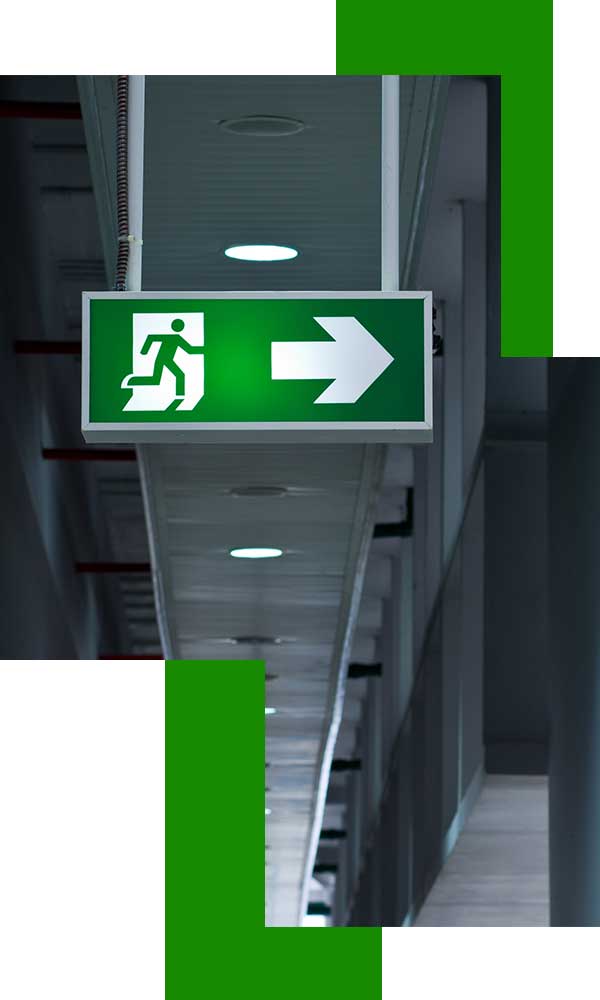
Follow us on social media and see our recent projects
Self Contained and Central Battery Emergency Lighting
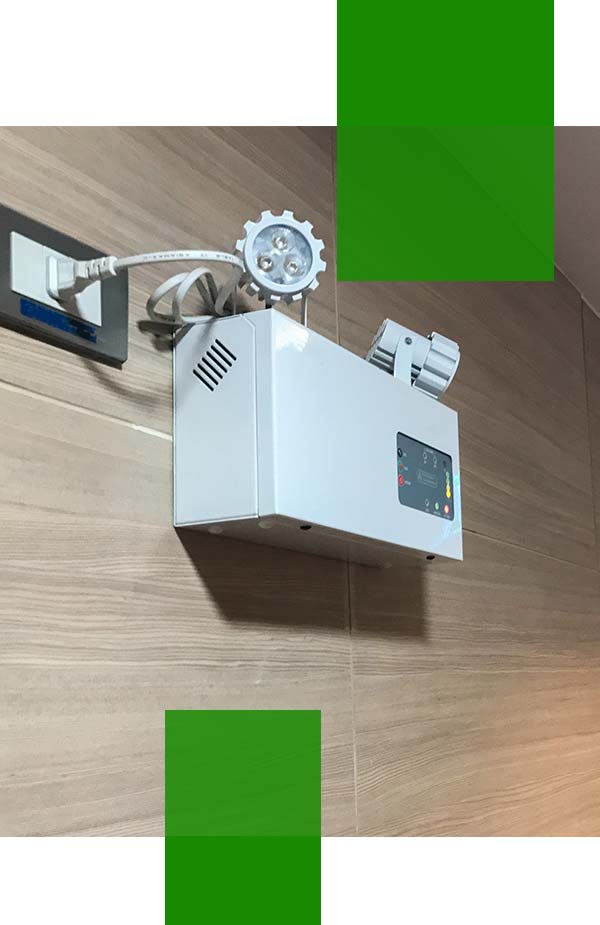
Emergency lighting is wired to its own dedicated 240 volt circuit protected by an RCBO/RCD. Often you will have an emergency lighting key switch connected into the circuit. The test key switch allows emergency lighting to be activated for a certain amount of time while testing takes place. Once the key switch or button is energised, current is passed through a time delay relay which effectively sends current to your emergency lighting for the amount of time the delay relay has been set for. A standard setting time would be 2 hours, making sure your lights stay illuminated for 90 mins and 30 mins for visual testing.
Self Contained Emergency Lighting – house the battery, lamp and control gear all in the one lighting fixture. The self contained system is the easiest and quickest solution as they operate independently. The cost of installation is relatively cheap and no special monitoring is required as each emergency lighting fixture operates independently.
Central Battery System – for emergency lighting is normally used for large scale projects we’re the total number of emergency luminaries could well be into the hundreds. This type of battery system has a bank of batteries located centrally in one location . The main advantage of this system is less maintenance as all components are located centrally as opposed to each individual emergency light or exit sign.
The difference between maintained and non-maintained
There are two main types of emergency lighting that you will see in the commercial type buildings: commonly referred to as maintained & non-maintained.
Maintained emergency lighting is activated continuously meaning it operates as a normal lighting fixture. When a power outage occurs the emergency light will remain illuminated through a battery source and will remain illuminated for up to 3 hours but on a lower light level due to the power coming from a battery. This type of emergency light can also be used as a standard light fitting, with one globe connected to a battery and the other connected to the mains power supply. Maintained emergency lighting will allow personnel to get accustomed to emergency exit routes and safely escape in the event of an emergency. You will find this type of lighting commonly used shopping in centres, cinemas, pubs, clubs and even cafes and restaurants.
Non-maintained emergency fixtures will activate in the event of a power outage. Unlike maintained lighting these emergency fixtures only light when there is a power failure and will illuminate all emergency exits and escape routes in the event of an emergency. Non-Maintained lighting is usually found in workplaces such as offices, factories and schools and in normal circumstances these types of buildings have windows and other artificial lighting in place, effectively ruling out maintained emergency lighting. A green indicator light will illuminate once the battery is fully charged after discharge. This type of non active emergency lighting can be found in offices and factories.
How do I know if I need emergency lighting?
The 3 Main Reasons That Determine if Your Building or Premises Requires Emergency and Exit Lighting

The class of the building – the standards for The Building Code Of Australia state that class 2 – 9 buildings must have emergency lighting systems installed. Your building classification can be found in The NCC {National Construction Code}, and is crucial for identifying where your emergency lighting needs to be installed. With building class type 2, 3, and 4, emergency and exit lighting must be installed in every passageway, corridor or hallway that is part of an exit route for evacuation. The same rule applies for building class 5 to 9. In class 9a buildings {health care} all corridors, passageways, or the like, serving a treatment or ward area must have emergency lighting installed.
The size of area space – when a floor area is greater than 300 m2, by law you must install emergency
lighting and you will even find floor areas of 100m2 that don’t open into a space with emergency lighting will require the installation of emergency lighting. If the floor area in building class 5 to 9 is greater than 300 m2 emergency lighting must be installed. In building class 6 to 9c, emergency lighting must be installed if the floor area in that storey is more 300 m2.
Was the building built before or after the 1st of July 1994 – it’s a simple obligation to follow under the Australian standards for emergency lighting. Under the regulations there are different obligations to follow dependant on if the building was built before or after 1st July 1994. For instance, all class 6 buildings will require emergency and exit lighting if the building was built after 1st July and is 100 m2 in area. These types of class c buildings include cafes, restaurants, shops and bars.
The Importance of Emergency Lighting Maintenance
Don’t wait until an emergency to check that the system is operating correctly

Quite often the testing of emergency lighting is forgotten about until the power fails and there is panic evacuating the building. The Building Code of Australia has set out the requirements for the testing of emergency and exit lighting and business owners must comply to these standards or face penalties if your building is not up to standard.
The responsibilities lies with the building owners or strata managers to be aware of scheduling dates for emergency and exit light testing which will ensure compliance within the building. All systems of emergency lighting need to be tested whether it be a central battery or stand alone system must be tested every months to ensure emergency lighting fixtures function under testing conditions. The procedures for emergency light testing must be carried out by a licensed electrician and all tests must be documented as evidence of compliance. The Australian standards state that testing must be carried out every 6 months and one of the main lighting tests is the 90 min light test. This test can be done manually or through a key switch located back at your power board. Allow the emergency lights to run for 2 hours. This will give you time to walk throughout the building making sure all lights are illuminated.
Other types of testing will include:
- Inspecting globes that might need replacing.
- Inspecting diffuser for cracks and making sure they are clean for maximum illumination.
- Making sure all emergency lighting is compliant and all signs are of the right type.
- Inspecting batteries, making sure they continue to recharge after power failure.
At km.electric all emergency light testing is carried out to Australian standards. All tests done will be documented as evidence of compliance.

Emergency Lighting Installation
How do we go about installing emergency lighting? Firstly we make sure our clients have a partial understanding of the Australian standards 2293. From the get go clients are well informed of the design, installation and maintenance requirements outlined in these standards and the conflict that could arise if compliance is not met.
Our next step would be to recognise the class of building we are dealing with. As previously mentioned, emergency lighting must be installed in class 2 – 9 type buildings. Once we confirm the class type we analyse where emergency and exit lighting should be installed and mounted. We make sure all rooms have been scoped out and hallways and corridors can be clearly identified as building exit points.
Depending on the type of building we go about planning the installation of cabling and whether surface mounted ducting or conduit is required. The other, and easier, option is if the building has suspended ceilings through-out, cabling somehow can be fished through and into position. Mode of operation – do we need maintained or non-maintained emergency lighting? Generally exit lights are maintained and normally we use non-maintained emergency for general areas but this will depend on the type of building.
Once the emergency lighting has been complete, all testing will done and documented for compliance purposes. We will then try to schedule dates for testing on a 6 monthly basis with the client.
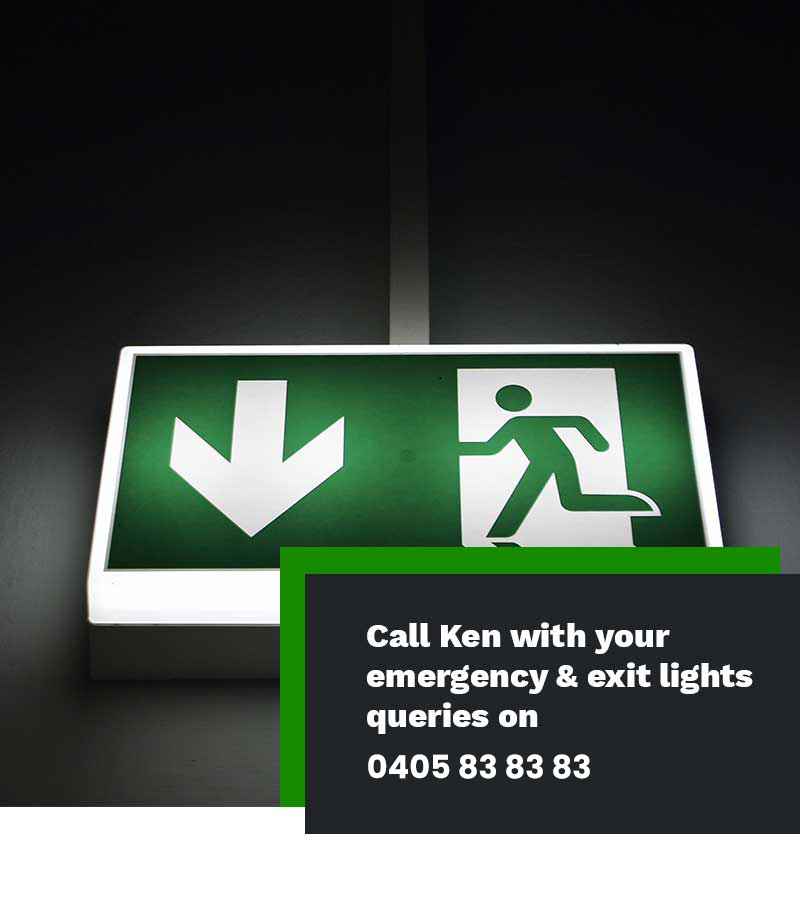
Electrical Services
More Than Just Emergency and Exit Lighting Installations
We provide a complete range of commercial electrical services for business owners and managers. From power and data points, to RCD safety testing and complete office fit-outs, you can be sure of professional, high quality workmanship.
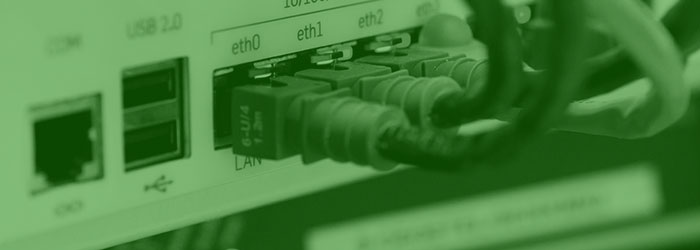
Data Point Installations
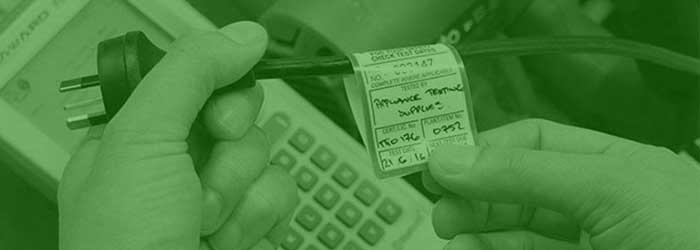
Test and Tag Services

Office Fit-Outs
Why Choose KM Electric

Submit your enquiry now!
Need a reliable, fast & honest Emergency And Exit Lighting Installer? Fill in the Form and we will get back to you as soon as possible.
For emergency enquiries, call Ken straight away on
0405 83 83 83






